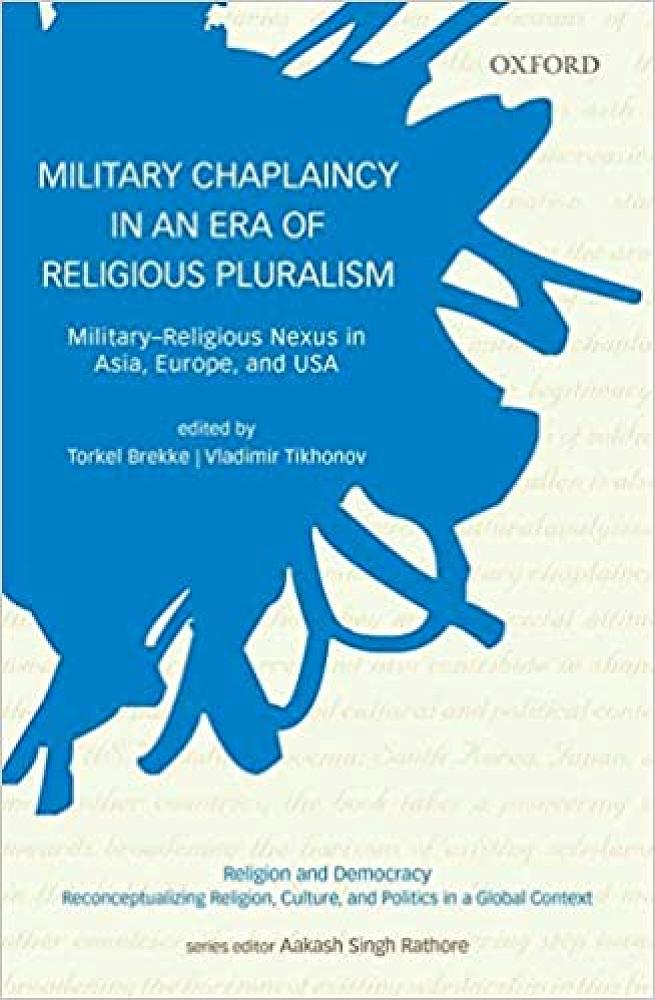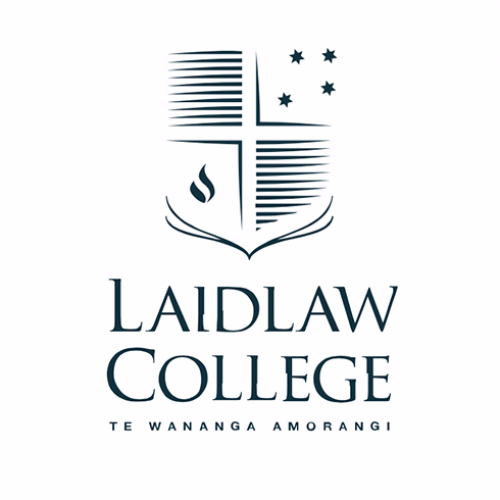
Book Review: Military Chaplaincy in an Era of Religious Pluralism: Military-Religious Nexus in Asia, Europe, and USA.
Torkel Brekke and Vladimir Tikhonov (eds.) Oxford: Oxford University Press, 2017. 270pp. ISBN:978-019947047 $106.28
This volume is a collection of papers that were presented at a University of Oslo workshop in 2013. It is the second volume published in the “Religion and Democracy: Reconceptualizing Religion, Culture, and Politics in a Global Context” series, series editor Aakash Singh Rathore. The first volume “Europe, India, and the Limits of Secularism” was published in 2015, volume three “Secularism, Religion, and Democracy in Southeast Asia” (2019), the fourth volume “Dealing with Diversity: a study in Contemporary Liberalism” (2020). A fifth volume is due late 2021/earlier 2022. As the titles suggest, there is a focus on Southeast Asia and India in particular.
The eleven chapters of the volume cover topics that are both historical and contemporary. The volume describes Christian, Buddhist, Hindu, and Jewish chaplains/rabbis/religious leaders. The volume acknowledges the lack of a chapter focused on a Muslim majority country and outlines why (13). A weakness of the book, a common problem for edited volumes, is that the chapters are not organised by themes- although one could argue that the chapters overlap in many ways. Each chapter will be briefly summarized in the paragraph below.
One: The role of Religious Teachers in the modern Indian Armed Forces, focusing on the development of the internal culture of the military. Two: The transition of the strictly Catholic Chaplaincy of the Slovenian Military into a service that includes Serbian Orthodox and Islamic chaplains. Three: the role of Buddhist chaplains in the Imperial Japanese Military (1868 – 1945) and how religion supported nationalism. Four: describes the unifying nature of Buddhism chaplaincy for Sri Lankan armed forces- with a focus on the civil war (1983 – 2009). Five: Israeli Defence Force (IDF) Rabbis build community inside the IDF while engaging with more significant societal issues such as secularism. Six: The chaplaincy services of the United States military are grappling with issues of religious pluralism, where each faith group wants equal representation and treatment. Seven: In Theravāda Buddhism, the dominant religion of Thailand (94% of the population, 146), Buddhist monks should not interact with the military - solving these issues requires careful thought and practice. Eight: Norway has transformed from a monolithic society to where diversity is found in multiple places, including a large population labelled “humanists” - the military has followed these trends. Nine: a historical review of the way religion and caste were dealt with by the military forces of British India from 1668 – 1914. Ten: Christian military chaplains served the British Indian Army until 1947 and are often overlooked when histories are written; this chapter helps address this oversight. Eleven: Chaplains within the military of South Korea have helped shape the ideology of the nation.
The book aims to examine “….how modern states handle religious diversity in military organizations” (1). This goal is achieved within each chapter. The relationship between religion and state and faith varies in each nation, especially with the armed forces. In some countries, military chaplain are embedded in the military, or part of the military but employed externally, or some other subtle combination. The historical reasoning for each relationship is explored and offers insight for countries with a similar background or a country engaging with a similar situation. Norway (chapter eight) has a similar-sized population as New Zealand. Christianity in both countries is grappling with the loss of privilege. Currently, the New Zealand Defence Force has yet to appoint a chaplain from a faith tradition other than Christianity. The Norwegian experience could serve as a template. While the volume has a focus on military chaplaincy, those engaged in other forms of chaplaincy will find application, i.e. secularism and pluralism.
The chapters that engage with how military chaplaincy has formed or underpins or supports the state (the Rabbis within the IDF, chapter five) might be easily dismissed as having little application to the New Zealand context. However, does any form of chaplaincy implicitly provide faith support or endorsement to the supported institute? The Christian churches of New Zealand might need to explore this question further.
The lack of a Muslim voice is noticeable in its absence and is acknowledged. The topic of military chaplaincy might be off-putting to some readers, especially those from a strong pacifist tradition. Those with interest in military topics, especially chaplaincy and the relationship of faith and state, will find the volume of great interest. Any reader exploring the topic of how Christianity can still engage in the public sphere while losing the exclusive position it once had will find the volume greatly useful.
Leon O’Flynn has a background in pastoral care,
military chaplaincy, academic development, and also wears a couple of other
hats
